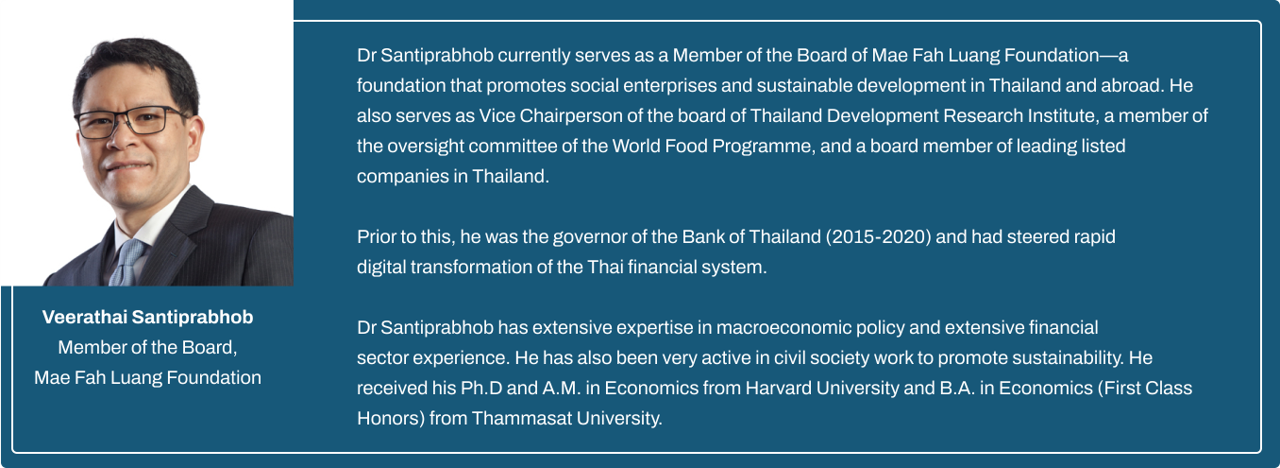Calling the summer of 2023 in Hong Kong eventful would be an understatement. It witnessed the hottest August in history, marked by compound heat waves. In September, Super Typhoon Saola with "double eyewall" struck, followed closely by a severe rainstorm that caused flooding. The rainstorm, in particular, recorded the highest hourly rainfall in Hong Kong since 1884. It paralyzed transportation networks, with streets and roads submerged, posing an unprecedented threat to communities. Scientists have concluded, with very high confidence in IPCC reports, that anthropogenic climate change is responsible for the increasing intensity and frequency of such extreme weather events. While Hong Kong has prided itself on its robust infrastructure and strong transport networks, these events present growing challenges to the city's urban climate resilience.
Being a low-lying coastal city with a subtropical monsoon climate, Hong Kong is highly vulnerable to extreme weather events, especially in the face of climate change. However, the sense of climate emergency has not been effectively translated into policymaking and public education. We must learn from these painful experiences and reassess our comprehensive climate adaptation strategy to enhance climate resilience. This is crucial to minimize the looming risks associated with low-probability, high-consequence events. A climate-resilient society embodies qualities such as reflection, robustness, forward-thinking, flexibility, resourcefulness, inclusivity, and integration. These qualities should permeate individuals, communities, institutions, businesses, and systems within the city, enabling them to withstand and recover from acute or chronic stress. To construct a more climate-resilient urban environment, Hong Kong must urgently review and improve its existing approaches to addressing extreme weather events. Other coastal Asian cities should also follow suit to minimise climate risk from extreme events.
The most significant deficiency in Hong Kong society, as revealed by recent extreme events, lies in its lack of robustness, forward-thinking, and reflective mindset. Robustness refers to the capacity of infrastructure and people to withstand the impacts of extreme circumstances. During the September 2023 rainstorm, underground subway stations, selected shopping malls, and streets were severely flooded for an extended period. From an infrastructure perspective, extreme scenarios were not adequately accounted for in the design and upgrade of drainage systems. Preventive measures, such as floodgates, are also insufficient. We should also be considering innovative approaches permeable pavements and nature-based solutions to minimise the impact of extreme events. Many people found themselves stranded in flooded areas, unable to reach safe shelters, primarily due to the absence of early warning signals. While accurately predicting extreme rainfall events remains challenging even with the latest climate science, institutions can improve the dissemination of information to local communities once flooding is observed. The community itself is ill-equipped with the knowledge and skills necessary to cope with flooding, resulting in scenes of individuals being swept away by rapid flows. The government should issue guidelines to educate the community on how to protect themselves during different extreme weather events and establish statutory orders to safeguard workers' safety after such events. Technologies should be better leveraged for information dissemination, monitoring and tracking of situations real-time for community protection.
Forward-thinking entails having plans in place to ensure that systems function properly during extreme conditions. Relying solely on average observations from historical climatic data for urban planning and infrastructure design is no longer sufficient. Recognizing the credible science behind climate change, we must consider the extremes—the low-probability, high-consequence events—to minimize potential damages. After the record-high rainstorm, mixed terminology has been used to describe the scenario, where some government officials described it as “once in a hundred years” and some others mentioned “once in 500 years”. This generated confusion among the general public. Additionally, the second description may risk misleading citizens into believing that such an event will only occur again in 500 years. The truth is that the climate is undeniably changing, and the next 500 years will be vastly different from the past 500 years. We cannot base our judgments and predictions on the same assumptions. The next extreme event could occur at any time. One approach we can adopt is a dynamic adaptive policy that allows new climate scenarios and information sources to be easily incorporated into the policymaking process. The heavy flooding in the Northern New Territories during this rainstorm highlights the need to review the climate adaptation strategy for that region. Additionally, it is crucial to thoroughly assess the feasibility of reclamation projects like the Kau Yi Chau Artificial Islands in Lantau's Eastern Waters, taking into account the physical climate risks posed by extreme events.
Regarding reflective capacity, Hong Kong has learned lessons from previous extreme events, primarily typhoons, to develop emergency response systems and protocols for the government, utilities, and major critical facilities. However, the reflective competence among communities has not been adequately fostered. For instance, during Super Typhoon Mangkhut, there were significant damages to high-rise buildings, with windows shattered by strong winds. When the next super typhoon, Typhoon Saola, hit four years later, similar damages occurred, indicating insufficient learning from past experiences or a lack of follow-up action. Bottom-up learning efforts may not occur naturally, necessitating top-down incentives or punishment mechanisms to activate them.
Evaluating the overall climate change adaptation strategy of Hong Kong, infrastructure projects have been planned to enhance the resilience of low-lying areas. The budget allocated for these projects was pledged in the 2021 Policy Address, totaling HKD 240 billion for both climate change mitigation and adaptation over the next 15-20 years. Unfortunately, there have been no additional funding or project expansions since then. In New York City, interactive maps showcasing the impact of sea level rise and storm surge to different parts of the city are made available to the public for awareness and action. As such, it is crucial for Hong Kong to establish a comprehensive climate adaptation and resilience plan, reviewed at least annually, to ensure appropriate measures and funding are secured to protect society and the economy. Effective adaptation plans require active community participation, as communities can contribute their local experiences and traditional practices for coping with environmental changes. Additionally, comprehensive environmental and climate education must be implemented at all levels of society, starting from a young age. People are at the heart of resilience, as they are the active users of infrastructure and technologies. Climate resilience knowledge should be consistently taught within communities, covering actions to take during extreme events, methods to minimize damage, and approaches to address the root cause of climate change by reducing individual carbon footprints through energy and resource conservation. This kind of education, tied to survival, should be made compulsory from kindergarten to tertiary education.
Living in cities often leads to a disconnection from nature, resulting in a lack of awareness of the urban landscape's vulnerability to natural disasters. Technology alone cannot solve all
challenges, as the variability of natural systems and processes cannot be accurately forecasted even with advanced climate science. Therefore, the focus should be on building urban climate resilience by enhancing robustness, reflecting on past experiences, and adopting a forward-thinking approach for the future. Lastly, an integrated resilience strategy is necessary, aligning people, systems, decision-making authorities, and investments towards a common goal. These lessons on fostering urban climate resilience should be actively promoted and shared with other vulnerable Asian cities in face of mounting risks from the climate change.
Posted 09/09/2023

















